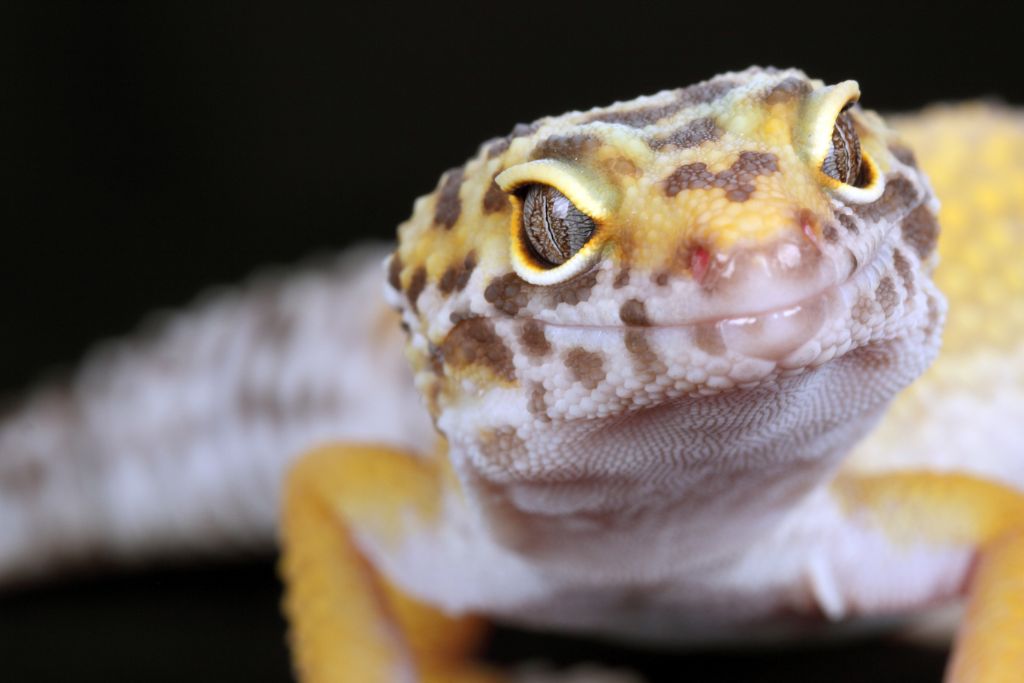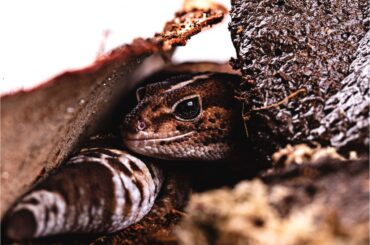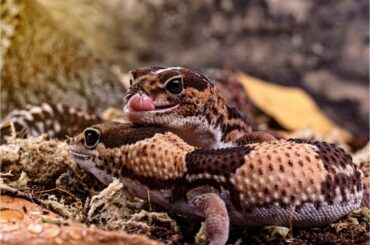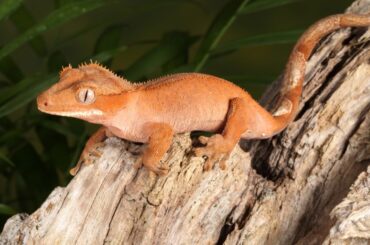Have you ever wondered why your leopard gecko’s eyes look slightly off after shedding? Or are you curious how to ensure your pet’s shedding process goes smoothly? These questions often cross the minds of leopard gecko owners and for good reason.
Leopard geckos have gained popularity as fascinating reptile pets, partly thanks to their unique shedding process. Unlike other reptiles, they shed their skin in one piece, almost like taking off a suit. Shedding isn’t just a quirky feature; it’s a vital sign of a gecko’s overall health.
What happens when something goes wrong, like why do geckos have eye caps or a retained eyelid lining? This article dives into this specific issue, offering insights and solutions to keep your gecko’s eyes—and health—in top shape.
The Shedding Process in Leopard Geckos
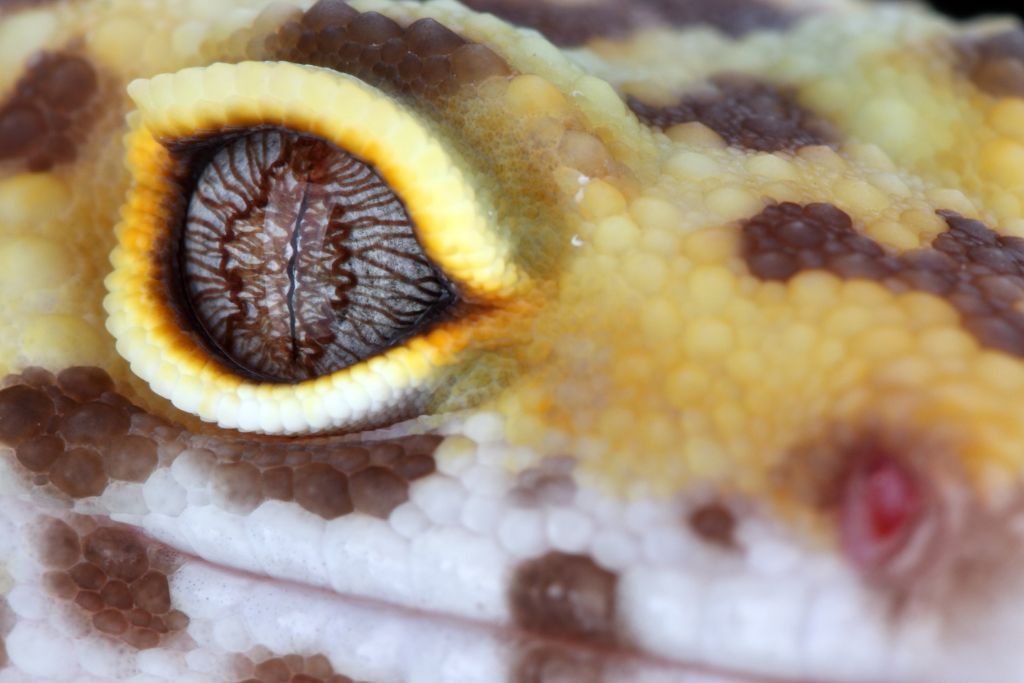
Shedding plays a significant role in a leopard gecko’s life. As these reptiles grow, their skin becomes too tight. They shed to make room for growth and get rid of worn-out skin. This process also helps them stay healthy by removing parasites and dirt.
How does shedding work? First, the old skin loosens up. You’ll notice your gecko’s colors becoming dull. After that, the new skin starts to show underneath. Your gecko will rub against objects to peel off the old skin. In a successful shed, the old skin comes off in one piece, almost like a snake’s.
Creating the right environment helps your gecko shed properly. Humidity plays a big part in this. A dry habitat can make it hard for the old skin to loosen and come off. To help your gecko, keep the humidity level in their tank between 40% and 60%, while also ensuring proper leopard gecko eye cap removal.
Retained Eyelid Lining: What is It?
Retained eyelid lining can be a hiccup in the shedding process. It happens when the old skin around the gecko’s eyes doesn’t come off. This issue is common and can cause discomfort or health problems if not addressed.
When the eyelid lining sticks, it can lead to eye infections or vision issues. It’s crucial to spot this early and take steps to help your gecko. Keep an eye out for this during shedding, especially if your gecko seems to be struggling with caps peeled.
8 Causes and Contributing Factors
Why might your leopard gecko struggle with retained eyelid lining? Several factors can contribute to this issue. Let’s dig into eight common causes and why keeping the proper humidity level is crucial.
- Low Humidity Levels: Lack of moisture in the air can make it difficult for the old skin to loosen and shed.
- Poor Shedding Environment: A habitat without proper shedding aids, like rocks or branches, can hinder the process.
- Eye Health Problems: Existing eye issues can complicate shedding around the eyes.
- Inadequate Diet: Lack of essential nutrients can affect the skin’s elasticity.
- Stress: High stress levels can disrupt the normal shedding cycle.
- Temperature Fluctuations: Inconsistent temperatures in the habitat can affect shedding.
- Lack of Cleanliness: A dirty habitat can lead to infections, affecting the shedding process.
- Genetic Factors: Some geckos are naturally prone to shedding issues due to their genetic makeup.
| Factors | Description |
| Low Humidity Levels | Dry air makes it hard for the skin to loosen, leading to shedding issues. |
| Poor Shedding Environment | The absence of shedding aids, like rocks, can hinder the shedding process. |
| Eye Health Problems | Existing eye conditions can complicate shedding around the eyes. |
| Inadequate Diet | A diet lacking essential nutrients can affect skin elasticity. |
| Stress | High stress levels can disrupt the normal shedding cycle. |
| Temperature Fluctuations | Inconsistent habitat temperatures can affect shedding. |
| Lack of Cleanliness | Dirty habitats can lead to infections, complicating shedding. |
| Genetic Factors | Some geckos naturally have shedding issues due to their genes. |
8 Potential Health Implications
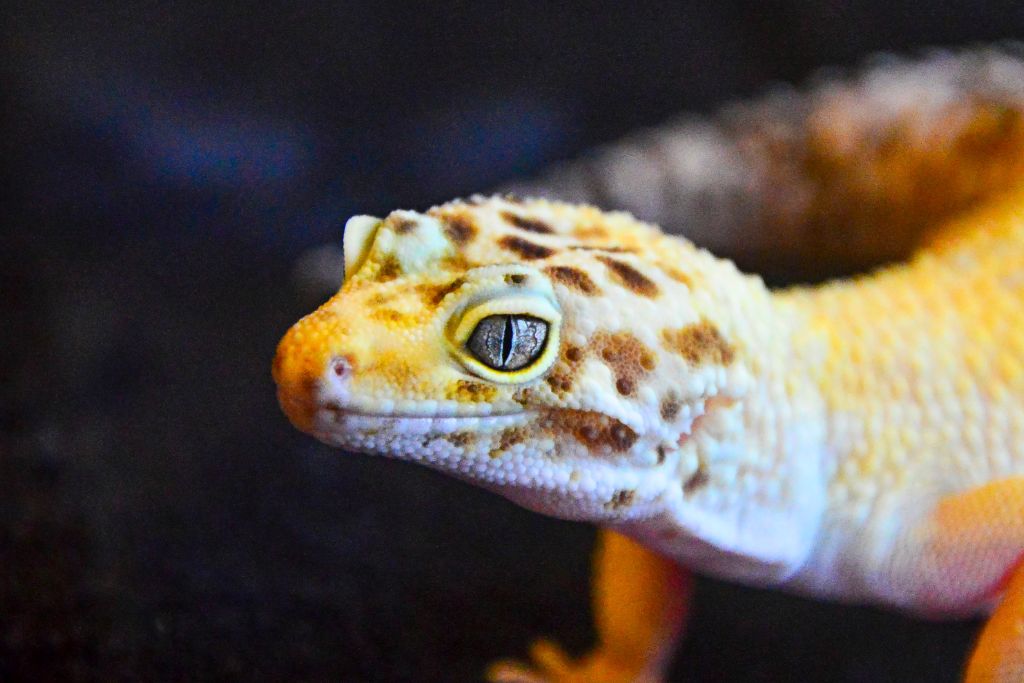
Retained eyelid lining isn’t just a minor inconvenience; it can lead to serious health issues for your leopard gecko. Let’s explore eight potential health implications and why you should act quickly to resolve this problem.
- Eye Irritation: The stuck skin can irritate the eyes, causing discomfort.
- Infection Risk: Bacteria can get trapped, leading to infections.
- Impaired Vision: Vision can get blurry, affecting the gecko’s daily activities.
- Stress: The discomfort can stress out your gecko.
- Reduced Appetite: Stress and discomfort can lead to reduced eating.
- Behavioral Changes: Your gecko might become more aggressive or reclusive.
- Eye Damage: Long-term issues can lead to permanent eye damage.
- Overall Health Decline: Unresolved eye issues can affect overall health.
Prevention and Management
Now that we know the risks, how can we prevent or manage this issue? Here are eight tips to help your leopard gecko avoid retained eye caps.
- Maintain Humidity: Keep the humidity between 40% and 60%.
- Shedding Aids: Provide rocks or branches to help with shedding.
- Regular Cleaning: Keep the habitat clean to prevent infections.
- Proper Diet: Offer a balanced diet for healthy skin.
- Stress Reduction: Create a calm environment.
- Temperature Control: Maintain a consistent temperature.
- Regular Checks: Keep an eye on your gecko, especially during shedding.
- Hydration: Provide fresh water to help with skin elasticity.
Step-By-Step Assistance for Leopard Gecko Eye Cap Removal
Got a leopard gecko with retained eye caps? Don’t panic. Here’s a step-by-step guide to help you safely remove them.
Softening the Eye Caps
Before you even think about removing them, you must soften them. This makes the removal process more manageable and less stressful for your gecko.
- Damp Cotton Swab: Gently moisten a damp swab over the eye cap.
- Shallow Warm Water Bath: Place your gecko in a shallow bath with warm water for a few minutes.
Remember, handle your gecko gently to avoid causing stress or injury.
Using Tweezers
Once the eye caps are soft, you can proceed to the next step, using tweezers:
- Choose Fine-Tipped Tweezers: Make sure they’re clean and sterilized.
- Gentle Grasp: Carefully grasp the softened eye cap with the tweezers.
- Slow Removal: Gently pull the eye cap off, not tugging too hard.
Be extra careful to avoid harming your gecko’s eyes during this process.
Avoiding Forceful Actions
Never try to pull off the eye caps forcibly. Doing so can cause harm and distress to your gecko. Patience is key here. If the eye caps aren’t coming off quickly, it’s better to stop and consult a vet rather than risk injuring your pet. A gentle approach throughout the process ensures the safety and well-being of your leopard gecko.
Post-Shed Care
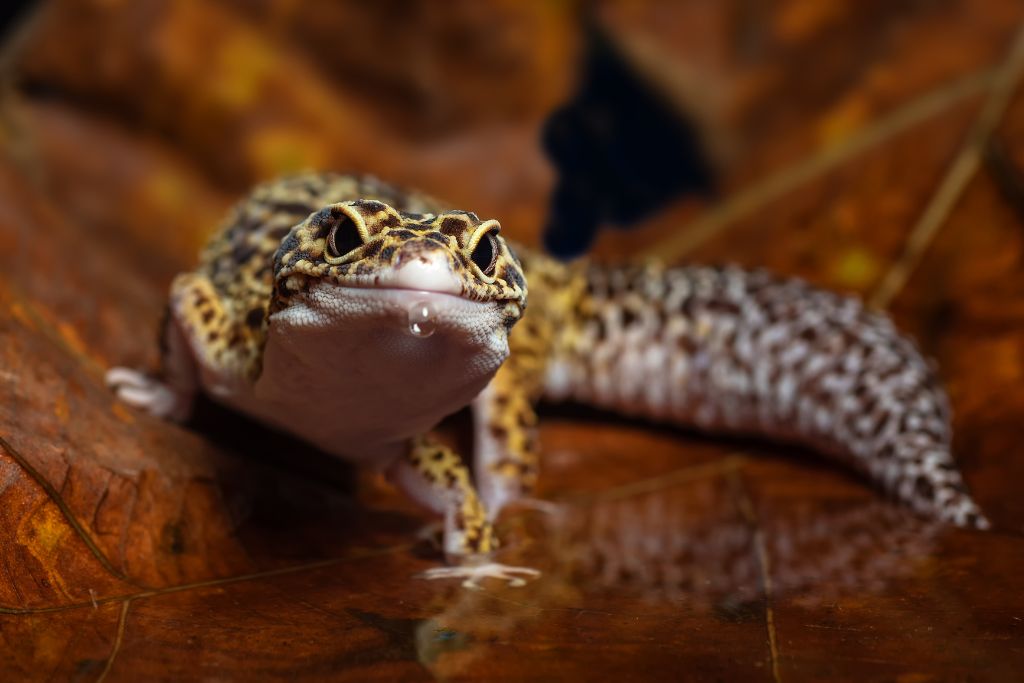
After successfully removing the retained eye caps, your work must still be completed. Proper post-shed care is crucial for your leopard gecko’s well-being. Let’s dive into eight tips to ensure your pet stays healthy and ready for future sheds.
8 Tips on Caring for the Gecko After the Eye Caps Have Been Successfully Removed
- Check for Leftovers: Make sure no small pieces of skin remain around the eyes or other body parts.
- Hydrate: Offer fresh water to help with skin elasticity.
- Clean the Habitat: Remove shed skin and clean the enclosure to prevent bacterial growth.
- Humidity Check: Ensure the humidity stays between 40% and 60%.
- Temperature Monitoring: Keep the enclosure at a consistent temperature to facilitate future sheds.
- Nutritional Boost: Provide a balanced diet, rich in essential nutrients.
- Stress Reduction: Create a calm environment to help your gecko relax after the shedding.
- Regular Monitoring: Keep an eye on your gecko’s overall condition and behavior.
Maintaining proper enclosure conditions will make future sheds go more smoothly. Regular checks and adjustments are crucial to your gecko’s long-term health.
When to Seek Veterinary Care
Sometimes home remedies just won’t cut it. If you notice persistent retained eye caps, signs of infection, or worsening eye conditions, it’s time to consult a reptile veterinarian. Your gecko’s well-being should always be the top priority. Professional help can provide accurate diagnosis and effective treatment options you can’t achieve at home.
Disclaimer: The information in this article serves educational purposes only and should not replace professional veterinary advice. Always consult a qualified reptile veterinarian for medical issues concerning your leopard gecko.
Conclusion
Managing your leopard gecko’s shedding process, especially the eye caps, is crucial for their health. Proper humidity levels and a well-maintained habitat can prevent many shedding-related issues. Being a responsible pet owner means taking proactive steps in your gecko’s care and seeking professional help.
FAQs
Why Do Geckos Have Eye Caps?
Eye caps protect their eyes during shedding.
Do Geckos Shed Their Eye Caps?
Yes, they shed their eye caps as part of their regular shedding process.
Why Do Geckos Remove Eye Caps?
To get rid of old, worn-out skin and make way for new growth.
How Do You Remove Eye Caps from Geckos?
Soften the eye caps with a damp cotton swab or warm water bath, then gently remove them using fine-tipped tweezers.

